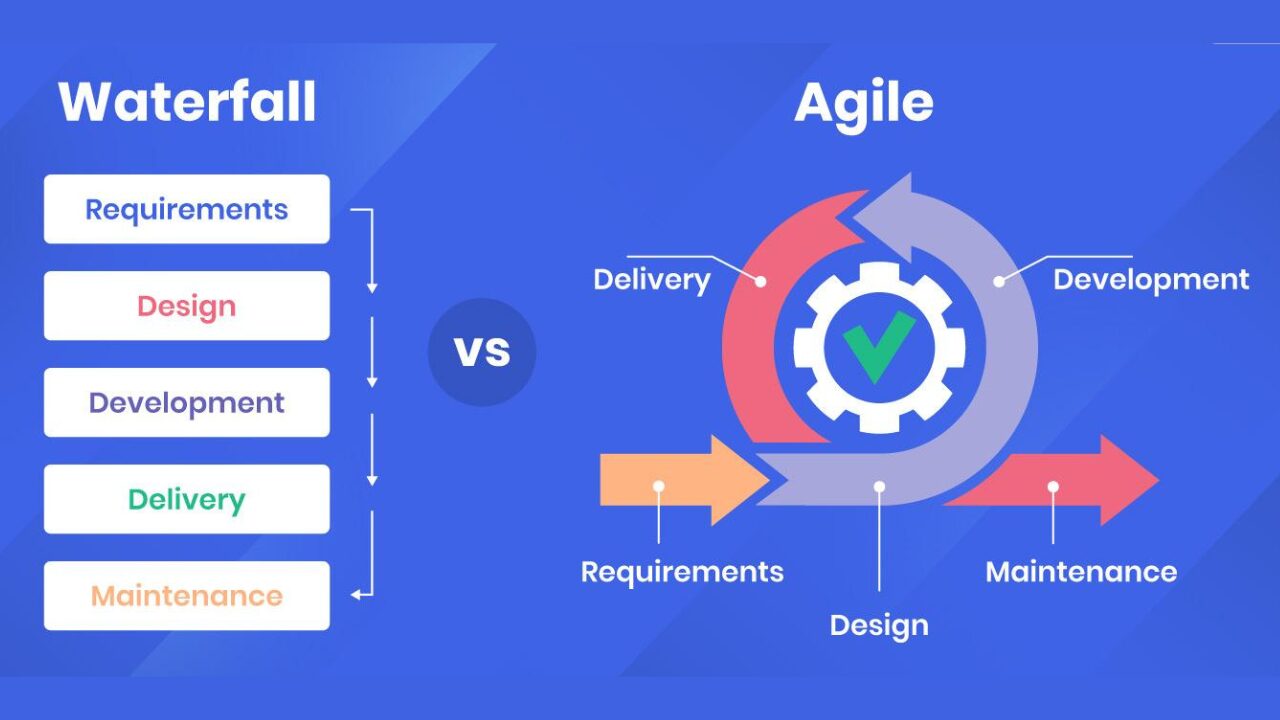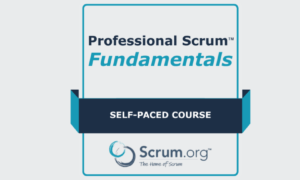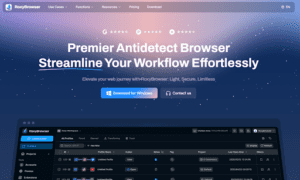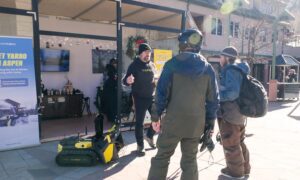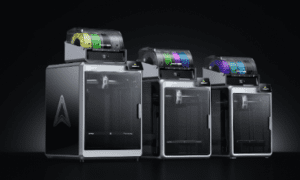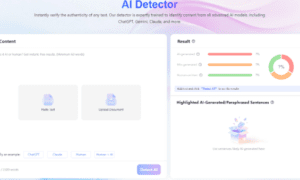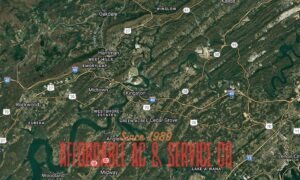Malthankar stands out as a thought leader and seasoned expert in the software development world, particularly in the realms of Agile, Scrum, Kanban, and Scaled Agile Framework (SAFe). With deep-rooted experience spanning both traditional Waterfall and modern Agile methodologies, he brings a rare blend of historical perspective and cutting-edge agility. Over nearly two decades of experience, he has helped many teams in transitioning from the Waterfall approach to Agile/Scrum. He has practiced Agile/Scrum and scaled Agile for more than a decade. His leadership has been pivotal in guiding numerous organizations through complex transformations, transitioning from rigid, linear development models to highly adaptive, collaborative, and value-driven Agile frameworks.
From Waterfall Foundations to Agile Evolution
“Early in my career, the Waterfall model was the industry standard,” Milind recalls. He built substantial experience managing large-scale projects characterized by fixed scopes, sequential development phases, and strict change-control protocols. “I successfully delivered several projects using the Waterfall approach during my time at Blue Star Infotech, Kanbay International, Inc. (later acquired by Capgemini in 2006), and even for an initial period at John Deere,” he notes. While this methodology proved effective in regulated or infrastructure-heavy environments, he quickly recognized its limitations in fast-moving, evolving business contexts—especially the delayed feedback loops, late-stage defect discovery, and inflexibility to adapt to changing requirements. “Software delivery back then was a long, tedious, and labor-intensive process—progressing step-by-step through requirement gathering, design, development, testing, change implementation, and defect resolution. Compared to today’s Agile practices, it lacked responsiveness,” he reflects.
Instead of outright rejecting the Waterfall model, Malthankarleveraged his deep understanding of its strengths and weaknesses to help teams discern which practices remained valuable and which needed transformation. This balanced, pragmatic approach established him as a change leader focused on achieving results—not enforcing rigid processes.
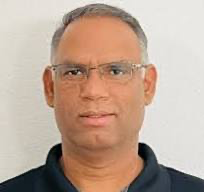
Championing Agile Transformation from Waterfall Roots
“The Waterfall development process requires extensive, highly detailed documentation,” he explains. Every aspect of the project must be thoroughly defined upfront, leaving little room for flexibility. Even small projects could take over a year to complete due to the rigid, sequential nature of the process. One of the biggest pain points in Waterfall, he recalls, was accommodating customer change requests. “Often, customers would ask for one thing, but by the time the software was delivered—months or even a year later—they felt it didn’t align with what they had envisioned.” During that time, software testing was largely manual, as test automation was still in its infancy. Early Agile adoption faced considerable resistance. Heobserved that many teams were hesitant to abandon the familiar structure of Waterfall. “People were used to clearly defined roles, detailed documentation, and long-term planning cycles. The shift to Agile—with its emphasis on flexibility, iterative development, and continuous collaboration—felt chaotic and unstructured to some.”, he observed. There were also concerns about increased visibility and accountability, especially in organizations rooted in command-and-control cultures. Without proper coaching, teams often misunderstood Agile as merely working faster, rather than working smarter. Over time, however, with guidance and clear evidence of benefits, many teams began to embrace Agile’s potential to improve collaboration, quality, and delivery speed.
As Agile gained momentum, Malthankar became a passionate advocate and hands-on leader of Agile transformations. Drawing on his deep expertise in Scrum, Kanban, and SAFe, he has helped organizations across human resource management, banking, agriculture, finance, and technology industries rethink how they build software and deliver value. His approach is tailored to the context: Scrum for team-level iterative delivery, Kanban for continuous flow in support and operations, and Scaled Agile (SAFe) to align large enterprises around business strategy.
Bridging the Gap Between Agile Theory and Technical Reality
Milind has worn many hats—Scrum Master, Product Owner,Agile Coach, Release Train Engineer (RTE), Architect, Technical Lead, Software Developer, guiding multiple teams and mentoring both practitioners and executives. Beyond the process, he emphasizes cultural transformation, helping organizations shift from command-and-control mindsets to trust-based, cross-functional collaboration. His leadership reflects a deep understanding that Agile/Scrum is not just about tools or rituals, but about people and culture driving sustainable change.One insight about him stands out clearly: he brings a rare and invaluable perspective to Agile transformation, one that many organizations often overlook. He highlights a common challenge in adoption of Agile: companies frequently hire Agile or Scrum experts who lack firsthand experience in software development. Many of these professionals come from non-technical backgrounds and have never written code, designed systems, or tested software themselves. As he puts it, it’s like someone claiming to know how to swim after only reading about it—without ever stepping into the water.
This gap can create resistance when leading technical teams through change. Engineers naturally push back if they feel the person driving transformation doesn’t understand their world. Malthankar’ s difference lies in his deep technical foundation and diverse roles, which allow him to speak the language of engineers, empathize with their challenges, and earn their trust.A story he shared exemplifies his approach. While serving as Product Owner at John Deere, he spent a year working out of their Iowa office. But instead of staying behind a desk, he actively engaged with customers on the field—running harvesting equipment in customer’s farm and speaking directly with them regarding their pain-points and its usability. That experience transformed his understanding of customer needs, shifting it from secondhand documentation to first-hand insight. This blend of technical credibility, practical leadership, and genuine empathy sets him apart—not just as a process expert, but as a true transformational leader.
From Waterfall to Agile: A Shift That Redefined Project Costs
“The transformation journey from the traditional waterfall model to Agile and Scrum has had a profound impact on project costs,” says Malthankar, reflecting on years of driving large-scale Agile transformations across global organizations. In the waterfall era, software development followed rigid, sequential steps. The process left little room for change once requirements were locked in. “Customers often ended up paying significantly more to accommodate evolving business needs,” he explains. “As the market changed or new insights emerged, change requests became costly, and maintenance overheads kept piling up.”Agile changed that equation. With customers now integrated into the development process, they became active participants—engaged in every phase, from planning to delivery. “The customer evolved from being a distant stakeholder to becoming the product navigator,” he notes. “They’re available to the team, providing real-time feedback, shaping the product continuously.”By delivering software in small, incremental feature delivery, Agile allows production-ready features to go live faster. This means customers start realizing value earlier, and the risk of large-scale rework is dramatically reduced. “Phased delivery not only accelerates time to value but also saves organizations significantly on change and maintenance costs,” Malthankar adds.
For development teams, the benefits are equally compelling. Agile brings faster feedback loops, helping teams identify issues early and reducing technical debt. “It fosters a deeper sense of ownership and accountability among team members,” Milindsays. “The team isn’t just building software—they’re co-creating solutions alongside the customer.”
Observing the Journey of Milind Malthankar
Milind’s journey through Agile transformation is marked by depth, authenticity, and hands-on leadership. His experience began at John Deere, where he embraced Agile and Scrum not just as methodologies, but as practical solutions to complex development challenges. He later utilized his experience to help organizations such as Thomson Reuters, U.S. Bank, and Paycor Inc. Having served in roles like Scrum Master, Product Owner, and Technical Lead, he developed a holistic understanding of Agile from both technical and business perspectives.
As he often says, “When you’ve learned to swim by actually being in the water, you’re better prepared to adapt and guide others.” That perspective has made him a trusted figure in Agile circles, someone who not only understands the theory, but has lived the practice and helped others thrive through it. In the end, Agile proves to be a win-win: customers gain flexibility and faster returns, while teams enjoy clarity, autonomy, and a stronger connection to the value they deliver.

